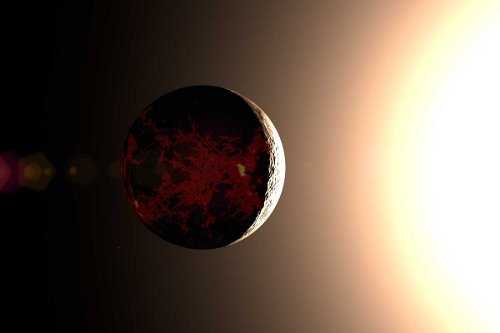
Japan plans to be the fourth nation to make a mark on the moon, sending a robotic probe up in 2018-19. The mission is intended to be a staging post to Mars.
Strangely, our satellite will not be the first world beyond our own visited by a Japanese mission. The Hayabusa probe landed on asteroid 25143 Itokawa before returning to Earth, and is now being followed by Hayabusa2.
The Japanese Aerospace Exploration Agency (JAXA) is also partially responsible for the BepiColombo joint mission to Mercury that is scheduled to launch in 2017. Given the longer travel time, however, it is likely that the moon mission will reach its destination before BepiColombo, even if launched several years later.
JAXA’s predecessors sent lunar orbiters to the moon with Hagoromo and SELENE (better known as Kaguya). SELENE/Kaguya encountered the lunar surface in 2009 after 18 months in orbit, but it was a deliberate crash landing, rather than part of the research program. SELENE-2 was announced three years ago before going quiet.
The latest announcement is for a probe named SLIM (Smart Lander for Investigating Moon) to be carried aboard a solid-fuel Epsilon rocket. A budget has yet to be finalized, and substantial details are not expected for several months. In the meantime, wildly varying cost estimates have been reported, from $126 million to $8-12 billion.
It has been forty-two years since humanity has walked on the moon. For most of that time, our nearest companion was ignored entirely by space agencies, but last year China returned a craft from a close encounter as part of preparations to land a probe in 2017 and return with a soil sample.
A Japanese firm is among those claiming they will go to the moon without government assistance, but it is unclear if this is more than an advertising gimmick.






